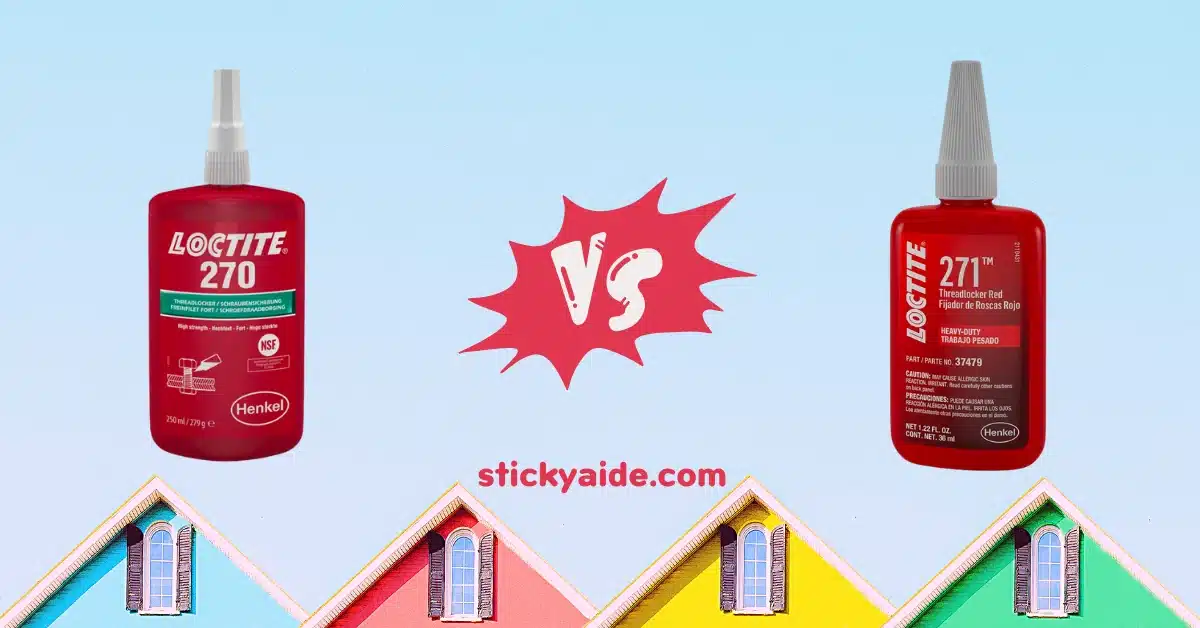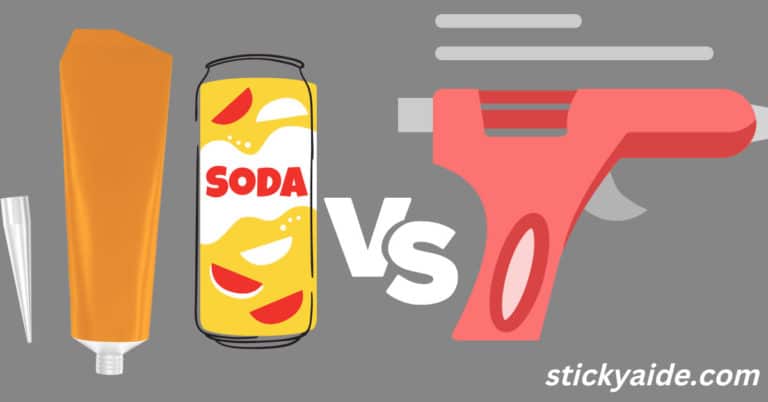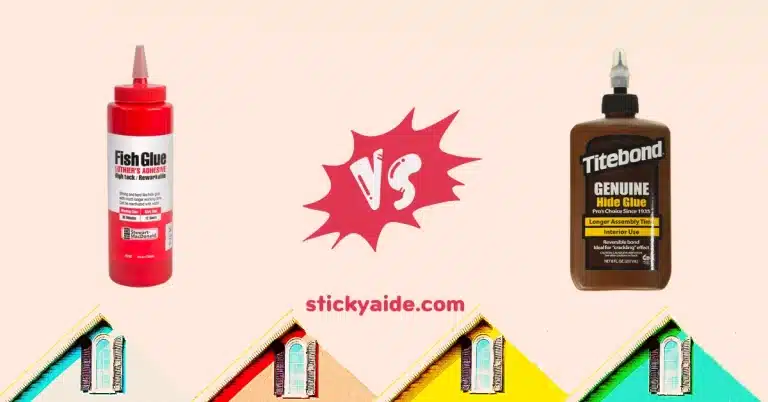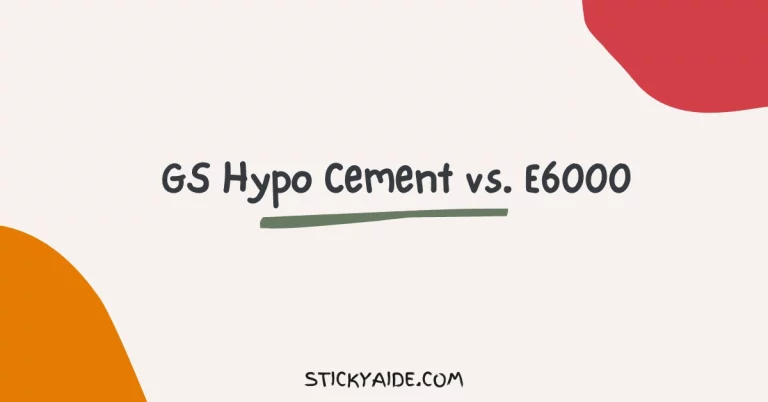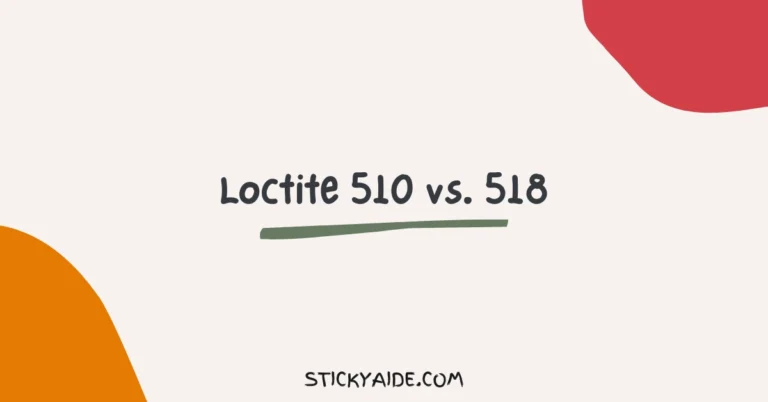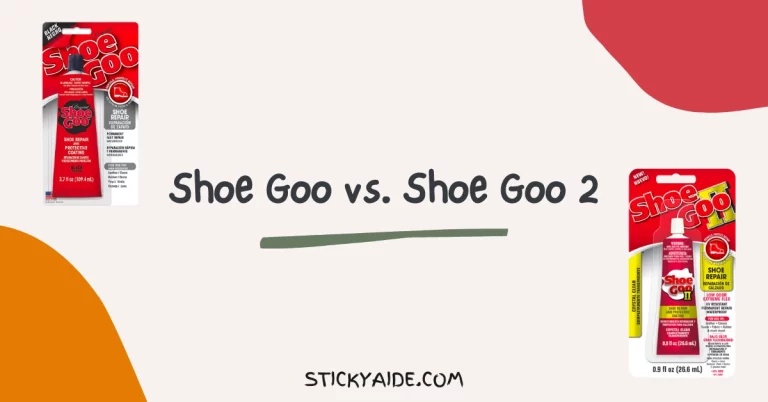As a professional or as a person who is looking for a reliable means of sealing threaded fasteners, you may have come across Loctite 270 and 271. These are two high-strength threadlockers that are designed to prevent loosening due to vibration, shock, or thermal expansion.
Both Loctite 270 and 271 have many advantages over other methods of securing and sealing threaded fasteners. Loctite 270 is more versatile and easier to remove, while Loctite 271 is more durable and resistant.
However, you should consider some key differences when choosing the right threadlocker for your needs. Here, I will compare Loctite 270 vs. 271 to help you in that matter.
Read More: Loctite 242 vs. 271
Loctite 270 Vs. 271
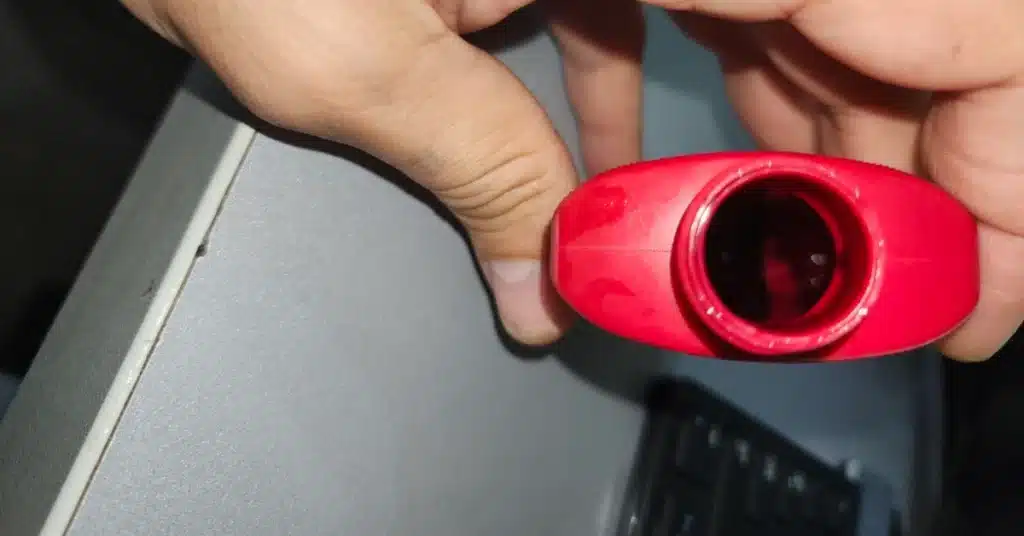
Overview of Loctite 270
The Loctite 270 threadlocker is highly durable and works well on all metals, including stainless steel, aluminum, and plated surfaces. It is designed to permanently lock assemblies that must not come loose.
Loctite 270 has relatively less maximum heat stability than Loctite 271. It can handle heat up to 300°F. So, it becomes inactive at high temperatures, making it unsuitable for places with high temps.
While it is not intended to be easily removable, it can be removed with the application of heat.
Read More: Loctite 263 vs. 270
Overview of Loctite 271
Loctite 271 is a red, low-viscosity, methacrylate-based threadlocking adhesive with high strength. It can tolerate slight contaminations of industrial oils and is suitable for all metal fasteners.
Its fixture time for steel is 10 minutes, brass is 5 minutes, and stainless steel is 15 minutes. It has a relatively high maximum heat stability of 450°F (232°C), which means it can withstand higher temperatures and harsh environments.
Additionally, Loctite 271 is moisture-resistant and protects threads from leaks, rusting, and corrosion.
Read More: Loctite 277 vs. 271
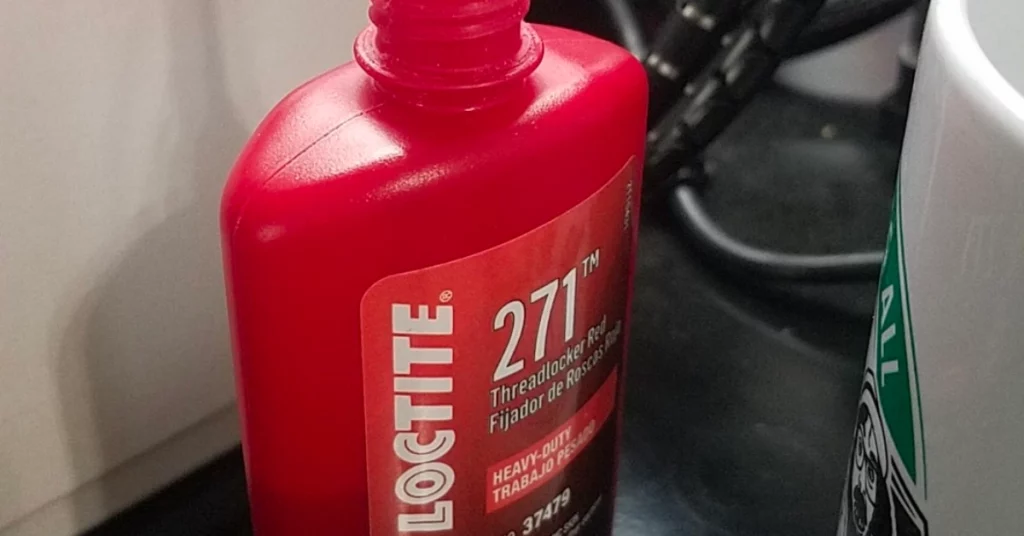
Similarities and Dissimilarities Between Loctite 270 and Loctite 271
| Property | Loctite 270 | Loctite 271 |
| Color | Clear | Red |
| Viscosity | High | Low |
| Strength | High | Very high |
| Application | All-purpose | Heavy-duty |
| Gap Filling | Small gaps | Large gaps |
| Heat Stability | 300°F (150°C) | 450°F (232°C) |
| UV Fluorescence | Yes | No |
Read More: Loctite 262 vs. 263 vs. 271
Which One Should You Use? Loctite 270 Or Loctite 271?
It is hard to answer this question definitively because it depends on your application and requirements. To help you make your decision, here are a few general guidelines that may be helpful to you:
If you want a threadlocker that can be used on both metal and plastic parts, that can fill small gaps and cure quickly, that can be easily removed with heat, and that fluoresces under UV light for inspection purposes, choose Loctite 270.
When you need a heavy-duty threadlocker that fills large gaps and is more resistant to shock and vibration, can withstand higher temperatures and harsh environments, doesn’t fluoresce under ultraviolet light, and can withstand larger or critical fasteners, choose Loctite 271.
In conclusion, both Loctite 270 and 271 are high-strength threadlockers that can help prevent loosening due to vibration. The main difference between the two products is their viscosity and fixture time. Consider these factors when choosing the right threadlocker for your needs.
Is Loctite 270 Removable?
Yes, Loctite 270 can be removed with the application of heat, such as from a blowtorch.
How Strong Is Loctite 271?
Loctite 271 is a high-strength threadlocker. It has a breakaway torque on M10 bolts of 26 Nm. This means that it requires a significant amount of force to loosen a bolt that has been secured with Loctite 271.
Is Loctite 271 waterproof?
Yes, Loctite 271 is moisture-resistant and protects threads from leaks, rusting, and corrosion.
Last Opinion
Loctite 270 and 271 are both high-strength threadlockers that are ideal for locking and sealing threaded fasteners. The main difference between the two products is their viscosity and fixture time. They prevent loosening due to vibration and protect against corrosion and leaks.
Loctite 270 is more versatile and easier to remove, while Loctite 271 is more durable and resistant. Depending on your needs, you can choose the one that suits you best.
Here, I compared Loctite 270 vs. 271 to assist you in finding a better solution for your next project. Comment below if you need more info or have any questions.

